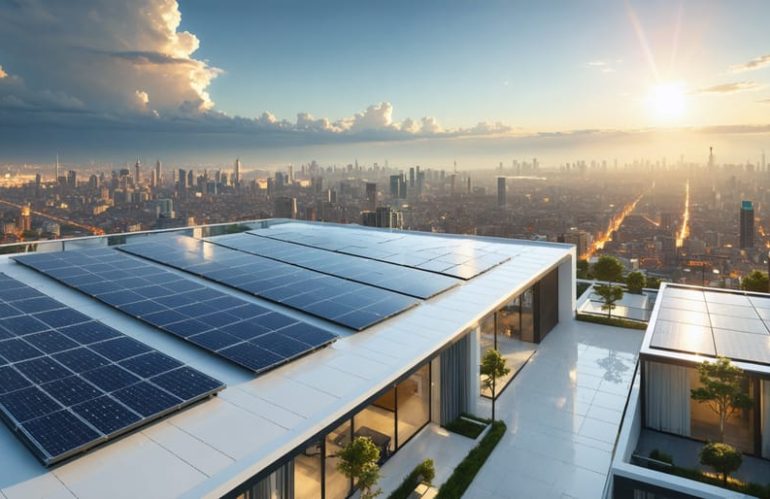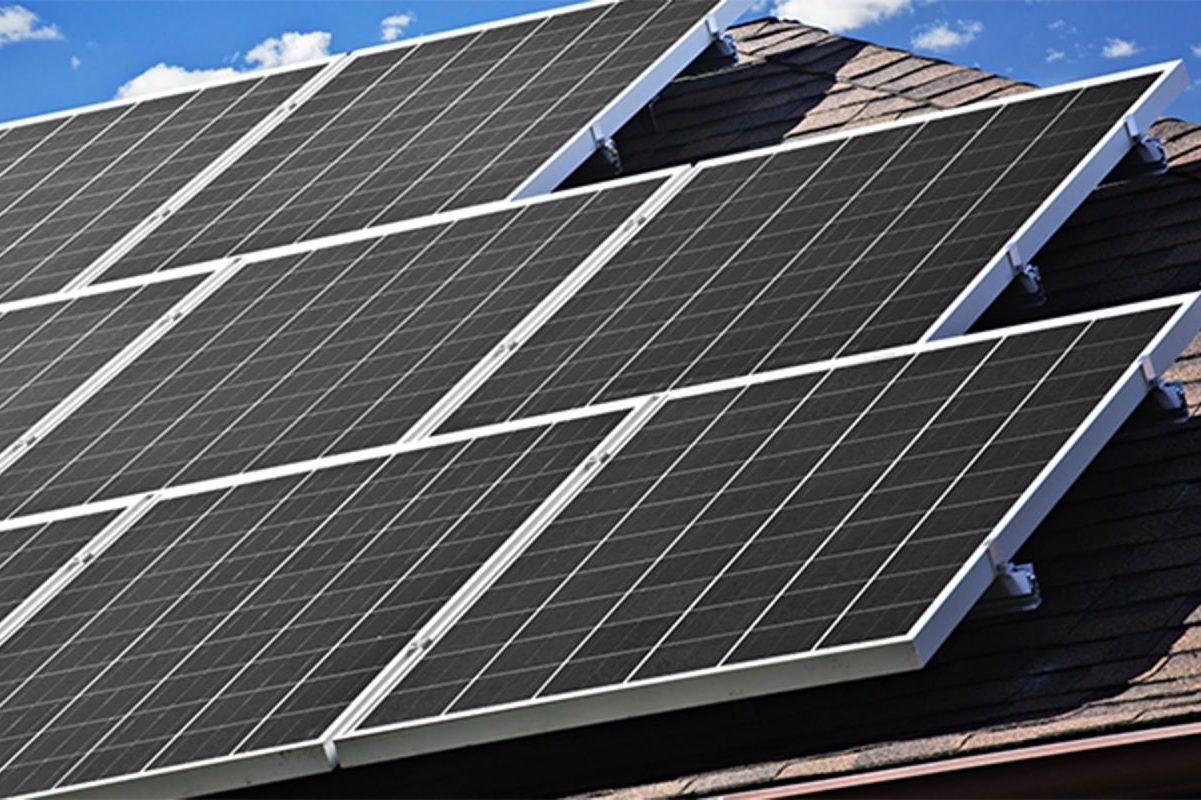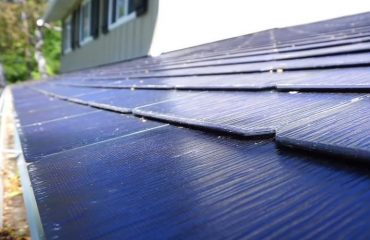Solar technology stands at the cusp of a revolutionary breakthrough, with exciting solar panel innovations promising to transform how we harness the sun’s energy. Next-generation solar panels are shattering efficiency records, with new materials like perovskites achieving conversion rates above 30% – nearly double that of traditional silicon panels. These advances aren’t just laboratory curiosities; they’re rapidly moving toward commercial reality, offering homeowners the prospect of smaller installations with dramatically higher power output.
Imagine solar panels that work on cloudy days, capture energy from both sides, and integrate seamlessly into your home’s architecture. This isn’t science fiction – it’s the immediate future of residential solar technology. As manufacturing scales up and prices continue to fall, these advanced panels will make solar energy more accessible and practical for everyday homeowners, potentially cutting energy bills in half while significantly reducing environmental impact.
Perovskite: The Game-Changing Solar Material
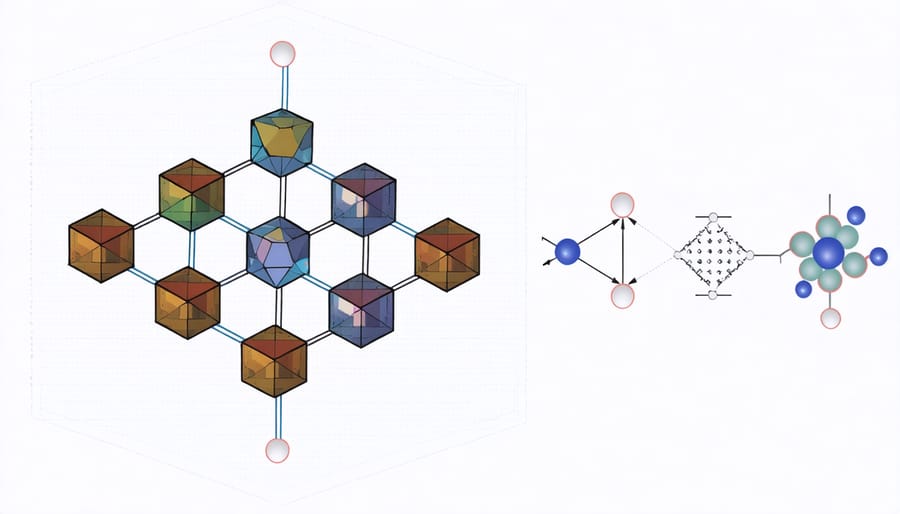
Why Perovskite Outperforms Silicon
Perovskite solar cells have emerged as a game-changing technology, offering remarkable advantages over traditional silicon panels. These innovative materials can convert sunlight to electricity with exceptional efficiency, reaching conversion rates above 29% in laboratory settings – significantly higher than conventional silicon cells.
What makes perovskite truly special is its versatility and cost-effectiveness. The material can be produced using simple, room-temperature processes, unlike silicon which requires energy-intensive manufacturing at high temperatures. This translates to lower production costs and a smaller carbon footprint during manufacturing.
Another standout feature is perovskite’s superior performance in low-light conditions and its ability to capture a broader spectrum of sunlight. This means better energy generation on cloudy days and during morning and evening hours, potentially increasing your daily power production.
The material is also incredibly thin and lightweight, requiring just a fraction of the active material needed in silicon cells. This flexibility allows for creative applications, from curved surfaces to transparent solar windows, opening up new possibilities for home solar integration that weren’t possible with traditional panels.
When Will Perovskite Panels Reach Your Home?
Perovskite solar technology is among the most promising game-changing solar technologies on the horizon, but when can homeowners expect to see these innovative panels on their roofs? Industry experts predict commercial availability within the next 3-5 years, with widespread residential adoption likely by 2028-2030.
Currently, researchers are focusing on two critical aspects: improving the stability of perovskite cells and scaling up manufacturing processes. Several companies, including Oxford PV and Swift Solar, have already achieved promising results in laboratory settings, with efficiency rates exceeding 29% – significantly higher than traditional silicon panels.
The good news is that early commercial products are expected to be competitively priced with conventional solar panels while delivering superior performance. Initial rollouts will likely begin with premium solar products, gradually becoming more widely available as manufacturing capabilities expand and costs decrease. For homeowners planning to invest in solar, this timeline suggests waiting a few years could provide access to significantly more efficient and affordable options.
Tandem Solar Cells: Double the Power
Silicon-Perovskite Combinations
One of the most promising developments in solar technology combines traditional silicon cells with perovskite layers, creating what experts call “tandem cells.” This partnership makes the most of both materials’ strengths: silicon’s proven reliability and perovskite’s exceptional light-capturing abilities. Think of it as a tag-team approach, where each layer captures different parts of the sunlight spectrum.
These hybrid panels can achieve efficiency rates above 30% – significantly higher than traditional silicon-only panels that typically max out around 22%. For homeowners, this means more power from the same roof space. Major manufacturers are already testing these combination panels, and early results show they could generate up to 40% more energy than current models.
While silicon-perovskite panels cost slightly more to produce, their increased efficiency makes them a smart long-term investment. They’re expected to hit the mainstream market within the next few years, offering homeowners a powerful upgrade option for their solar systems.
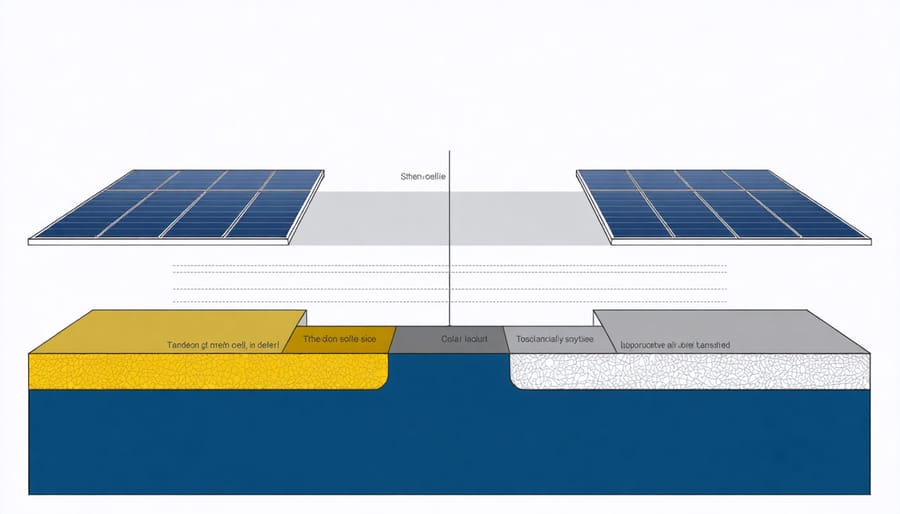
Transparent Solar Panels: Windows That Generate Power
Imagine turning every window in your home into a power generator – that’s the promise of transparent solar panels. These innovative panels look just like regular glass while secretly harvesting solar energy, marking a significant leap forward in solar technology.
The science behind transparent solar panels involves selective light absorption. While traditional panels capture visible light, transparent versions primarily collect ultraviolet and infrared light, allowing visible light to pass through. This means you get natural daylight while still generating clean energy.
Current transparent solar technologies can achieve around 10% efficiency, compared to traditional panels’ 15-20%. While this might seem low, the ability to install them on virtually any glass surface – from skyscraper windows to car sunroofs – makes up for the lower efficiency through sheer volume of potential installation space.
The applications are exciting and practical. Imagine office buildings that power themselves through their windows, or greenhouses that generate electricity while growing plants. For homeowners, these panels could be integrated into windows and glass doors, turning your home’s existing surfaces into subtle power generators.
While the technology is still maturing, several companies are already offering semi-transparent solar products, with fully transparent options expected to hit the market within the next few years. As production scales up, prices are predicted to become increasingly competitive with traditional solar panels.
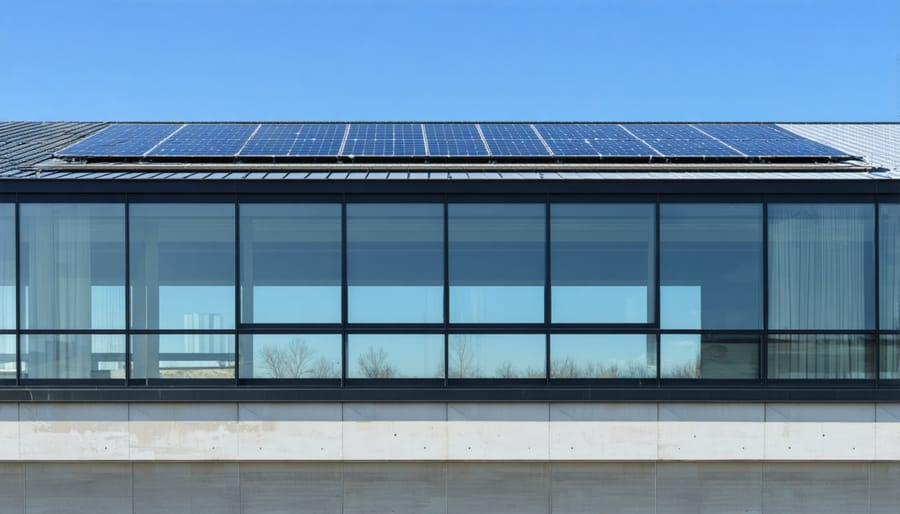
What These Advances Mean for Your Home
These next-generation solar technologies promise to revolutionize home solar installations in several practical ways. First, the improved efficiency means you’ll need fewer panels to power your home, making installation simpler and more aesthetically pleasing. Perovskite-enhanced panels could potentially generate up to 30% more energy from the same roof space compared to traditional systems.
The durability improvements in these new materials translate to longer-lasting installations, with some manufacturers projecting lifespans of 30+ years. This extended durability, combined with higher efficiency, significantly enhances the solar panel cost benefits for homeowners.
Another exciting development is the introduction of transparent and flexible panels, which opens up installation possibilities beyond traditional rooftop mounting. These panels can be integrated into windows, skylights, and even curved surfaces, making solar power more accessible for homes with unconventional architectures.
For those planning to install solar panels soon, these advances suggest waiting a few months might be worthwhile, as newer models incorporating these technologies are expected to hit the market at competitive prices. However, current systems still offer excellent value, and upgrading existing installations with these new technologies will likely be possible in the future.
The future of solar panel technology is shaping up to be brighter than ever, with innovations that promise to make residential solar more efficient and affordable. As manufacturers continue to push the boundaries of what’s possible, homeowners can look forward to panels that not only capture more energy but also integrate seamlessly into their homes’ aesthetics.
These next-generation technologies are expected to drive down installation costs while increasing energy production, making solar power an even more attractive investment for homeowners. With breakthrough materials like perovskites and advanced bifacial panels becoming more commercially viable, experts predict that residential solar adoption could double or triple within the next decade.
The environmental impact of these improvements cannot be understated. More efficient panels mean less roof space needed for the same energy output, making solar viable for more households. Additionally, enhanced durability and longer lifespans of next-gen panels will reduce waste and improve sustainability throughout the solar lifecycle.
For homeowners considering solar today, these advancing technologies offer reassurance that their investment in clean energy will only become more valuable over time. The solar revolution is no longer about the future – it’s happening now, and it’s more accessible than ever.

